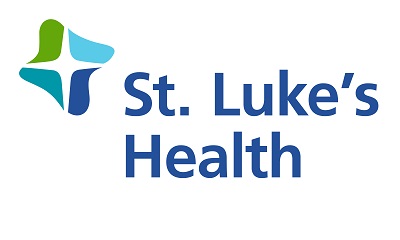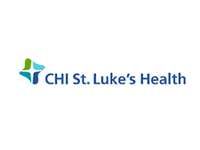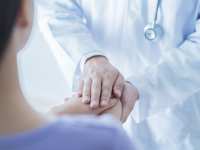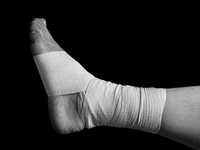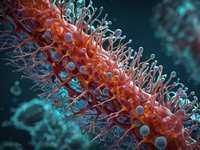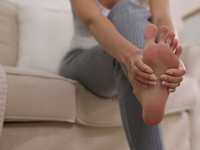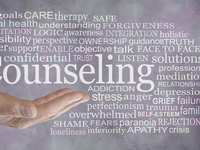- Categories :
- More
Addressing human trafficking in Houston
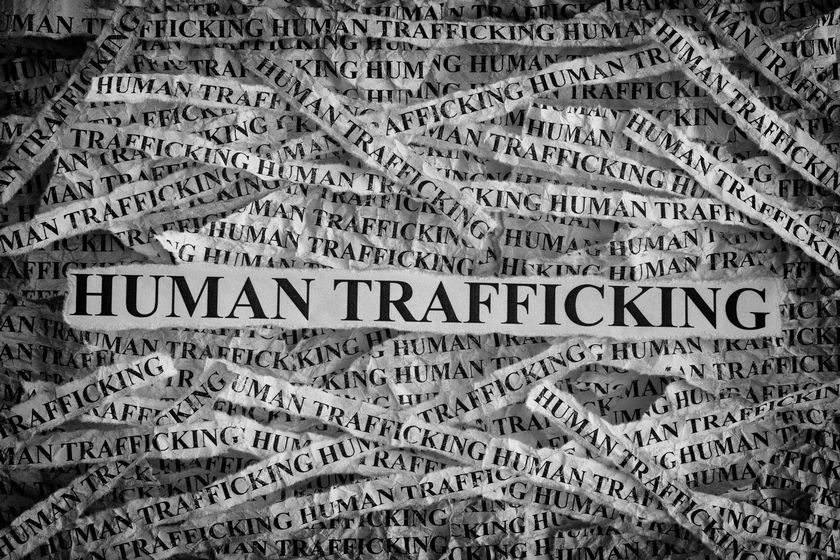
Statistics about human trafficking in Texas—and specifically in Houston—tell a horrific story. Texas has the second-most reported trafficking cases in the country, behind California. Houston also has the highest number of reported calls to the National Human Trafficking Hotline, more than any other city in the U.S.
While it’s possible these numbers could partially stem from a higher local awareness about the hotline, there’s no doubt proximity to ports, the Mexican border and major interstates have made Houston a hub for trafficking.
At St. Luke’s Health, our mission is to help the most vulnerable in our community, and that certainly includes victims of human trafficking. Over the past few years, we’ve implemented required training and encouraged new perspectives to identify and help victims. We firmly believe that with a bit of community support and a lot of grace, we are making a genuine difference.
Mandated Reporting
In 2019, the Texas legislature passed a law that required all health care professionals to partake in training to help them better identify victims of human trafficking and provide them with needed care.
St. Luke’s Health does more than comply with the law. Using a grant from the U.S. Department of Justice Office of Victims for Crime, we created the Pathways for Advocacy-based, Trauma-informed Health care (PATH) Collaborative training. In addition to identifying victims of human trafficking as victims of a crime, we want to improve the care we provide for patients who endure trauma by pairing them with advocates who will support them on their way to recovery.
Health Care Professionals Need Training
A survey by the Polaris Project shows nearly 90% of health care workers come in contact with a trafficking victim during their exploitation, but they often miss the warning signs. At the end of every training I do, I ask attendees—now that they know this information—if they can recall a patient that might have been a victim. And almost every time, at least one person says yes. Even if it was years ago, that one patient still sticks out because some part of them knew something was off, but they couldn’t figure out what it was.
Most trafficking victims who cross paths with providers are patients who come through the emergency room and need acute care. That means we usually don’t get a follow-up visit. Identifying possible victims and providing care has to be done quickly and accurately.
Human Trafficking Doesn’t Always Look Like What You Think
One of our top training priorities is teaching clinicians and other staff that a victim of human trafficking doesn’t always look like the stereotype they may envision—it could be anyone. While most victims are females forced into sex work, these women are not the only victims. Human trafficking also affects:
- Agricultural employees
- Domestic employees
- Men
- Teens or adults
- Transgender or non-binary individuals
- Traveling salespeople
People of color and LGBTQ+ individuals are at the highest risk of trafficking, according to the Polaris Project. In cases where race is known, more than half of labor trafficking victims are Hispanic (62%) and a fourth of that number are Asian (17%). Sex trafficking victims are black (40%) and white (26%). Not all victims are immigrants, and looking at race or ethnicity alone is not enough. Some may be professionally dressed and educated.
Detecting and Assessing Vulnerabilities
Our training spends a lot of time looking at the vulnerabilities of patients. Usually, it’s not one risk factor that leads to someone being trafficked, but multiple factors. Asking questions to determine vulnerabilities can help health care professionals assess whether patients also need non-medical care. Common situations include:
- Addiction
- A history of domestic violence
- A history of sexual abuse
- Housing instability or homelessness
- Poverty
- Undocumented immigration status
The more you know about the circumstances that may have led someone here, the greater the opportunity for us to look at a patient through a different lens. Look at the individual from a holistic standpoint, and then zoom in to see those red flags. This informed approach pulls the picture together and helps identify victims so we can take those next steps to getting them the care they need.
Facilitating Care After Identification
While the nurse or the physician may be the first line of contact with a victim of human trafficking, the social workers at SLH continue working behind the scenes to find safe placement and resources for the patient. It’s crucial to make sure the patient feels safe in our care. Because if we’ve done all this work to identify a victim and then we discharge the patient back into the hands of the trafficker, that’s a lost opportunity to change someone’s life.
At SLH, we’ve established multiple protocols for taking care of patients who appear to be victims of sexual assault. We partner with Texas Forensic Nurse Examiners to provide sexual assault nurse examiner (SANE) exams to collect forensic evidence. SANE exams give the patient an opportunity and a record to support their case if they choose to take legal action.
A Call to the Community
Patients moving from victimhood to survivorhood need more than clinical support. Our community partners work with us to provide case management, safe housing, offer help with family reunification (if that's an option), and other longitudinal services. We also partner with law enforcement, when necessary, but our main focus is to provide for these patients over the long haul at a community level.
We’ve trained thousands of community partners to raise awareness of what trafficking looks like—because we believe it’s a public health issue—and the resources needed are many. For example, we partner with Marriott, the hotel chain for our Helping Hands initiative which gives us the opportunity to donate bags of toiletries and personal items to victims as they start their new life.
St. Luke’s Health is committed to providing care to these truly vulnerable individuals across the region. What is your organization doing to help victims of human trafficking?

